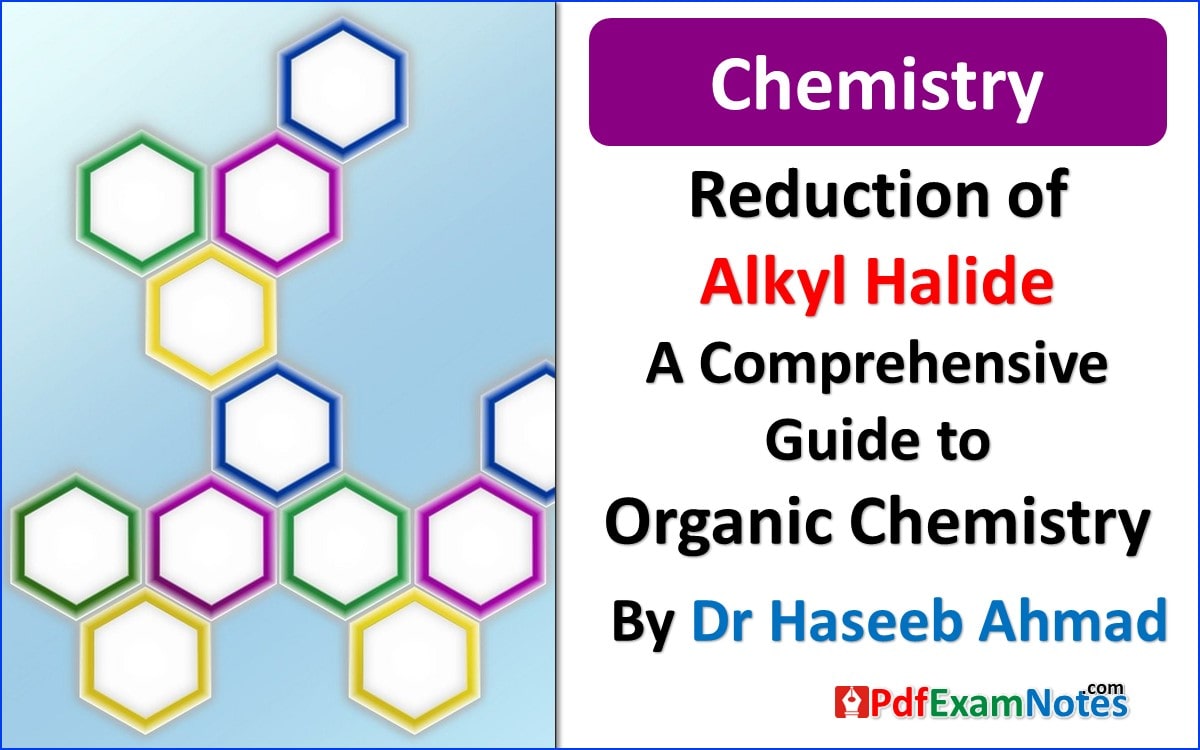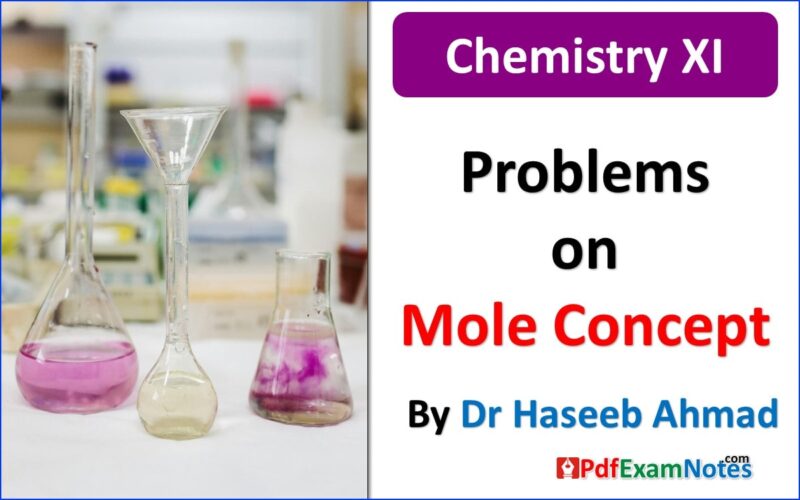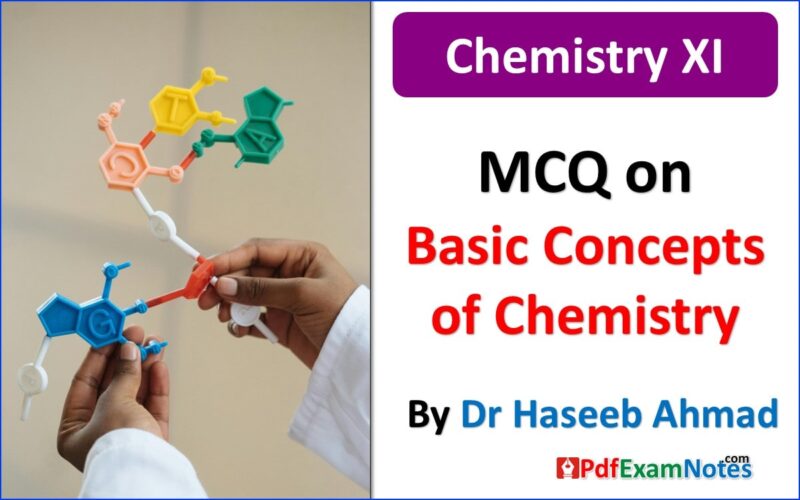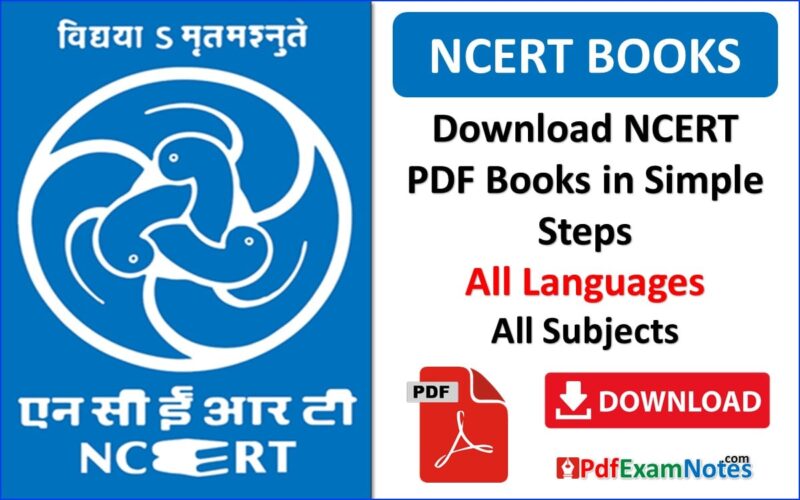Reduction of Alkyl Halide: A Comprehensive Guide to Organic Chemistry

Introduction
In the vast world of organic chemistry, reduction reactions play a crucial role in transforming compounds into new forms. Among these reactions, the reduction of alkyl halides holds significant importance. Alkyl halides, also known as haloalkanes, are organic compounds that contain halogen atoms (such as chlorine, bromine, or iodine) attached to an alkyl group. Reducing these alkyl halides can lead to the formation of a wide range of useful organic compounds.
In this article, we will dive deep into the world of alkyl halide reduction, exploring its mechanisms, applications, and the various factors that influence the reaction outcomes. Whether you are a student, a researcher, or simply curious about the fascinating world of organic chemistry, this comprehensive guide will provide you with valuable insights and a solid understanding of the reduction of alkyl halides.
1. What are Alkyl Halides?
Alkyl halides are organic compounds that consist of an alkyl group bonded to one or more halogen atoms. These halogens are typically chlorine (Cl), bromine (Br), or iodine (I). Alkyl halides can have various structures, ranging from simple linear or branched chains to complex cyclic compounds.
These compounds find wide applications in fields such as pharmaceuticals, agrochemicals, and material synthesis. Their reactivity and versatility make them important starting materials for many organic transformations, including reduction reactions.
2. The Significance of Alkyl Halide Reduction
The reduction of alkyl halides is a fundamental process in organic chemistry that allows the conversion of these compounds into more useful derivatives. This reduction process involves the introduction of hydrogen (H2) or another reducing agent to replace the halogen atom, resulting in the formation of alkyl groups.
By selectively reducing alkyl halides, chemists can control the formation of specific organic products. This process opens up avenues for the synthesis of complex molecules, such as pharmaceuticals, polymers, and natural products. Furthermore, alkyl halide reduction plays a vital role in the preparation of intermediates for further chemical reactions.
3. Mechanisms of Alkyl Halide Reduction
The reduction of alkyl halides can occur through various mechanisms, depending on the reaction conditions and the nature of the halogen atom. The two primary mechanisms involved are nucleophilic substitution and radical reactions.
Nucleophilic Substitution
Nucleophilic substitution reactions involve the attack of a nucleophile on the electrophilic carbon of the alkyl halide, resulting in the displacement of the halogen atom. The nucleophile can be a hydride ion (H^-) or another negatively charged species, such as an organometallic reagent.
The mechanism of nucleophilic substitution can be further classified into two types: SN1 and SN2. SN1 reactions proceed via a two-step mechanism, where the halogen atom leaves the molecule before the nucleophile attacks the carbocation intermediate. In contrast, SN2 reactions occur in a single step, with the nucleophile directly displacing the halogen atom.
Radical Reactions
In radical reactions, alkyl halides undergo homolytic cleavage, generating alkyl radicals. These radicals then react with hydrogen atoms or other radicals, resulting in the replacement of the halogen atom with a hydrogen atom.
Radical reactions are typically initiated by the addition of a radical initiator, such as peroxides or light. These initiators provide the necessary energy to break the weak halogen-carbon bond and initiate the radical chain reaction.
4. Factors Influencing the Reduction of Alkyl Halides
Several factors influence the reduction of alkyl halides, including the choice of reducing agent, reaction conditions, and the nature of the alkyl halide itself. Understanding these factors is crucial for achieving desired reaction outcomes and optimizing synthetic processes.
Nature of the Alkyl Halide
The structure and functional groups present in the alkyl halide significantly impact its reactivity during reduction. Factors such as the steric hindrance around the halogen atom, the type of halogen, and the presence of electron-withdrawing or electron-donating groups can affect the reaction rate and selectivity.
Choice of Reducing Agent
The choice of reducing agent depends on the desired reaction outcome and the reactivity of the alkyl halide. Common reducing agents used for alkyl halide reduction include metal hydrides (e.g., lithium aluminum hydride, sodium borohydride), organometallic reagents (e.g., Grignard reagents), and molecular hydrogen (H2) in the presence of a catalyst.
Reaction Conditions
Reaction conditions such as temperature, solvent choice, and pH can significantly influence the rate and selectivity of alkyl halide reduction. Higher temperatures generally increase reaction rates, but they can also promote unwanted side reactions or decomposition of the desired product. The choice of solvent and pH conditions can affect the solubility and stability of the reactants and products.
5. Common Reducing Agents for Alkyl Halide Reduction
Various reducing agents are employed for the reduction of alkyl halides, each offering unique advantages and limitations. Here are some commonly used reducing agents:
Lithium Aluminum Hydride (LiAlH4): This powerful reducing agent is capable of reducing a wide range of functional groups, including alkyl halides. It reacts with alkyl halides to form alkyl groups through nucleophilic substitution.
Sodium Borohydride (NaBH4): Sodium borohydride is milder compared to LiAlH4 and is often used for the reduction of less reactive alkyl halides. It selectively reduces aldehydes, ketones, and acid chlorides without affecting alkyl halides.
Grignard Reagents: These organometallic compounds, such as alkyl or aryl magnesium halides, are highly reactive nucleophiles. They readily react with alkyl halides, resulting in the formation of new carbon-carbon bonds.
Catalytic Hydrogenation: In the presence of a metal catalyst (e.g., palladium, platinum, or nickel), molecular hydrogen (H2) can selectively reduce alkyl halides to alkyl groups. This method is commonly used for large-scale industrial processes.
6. Applications of Alkyl Halide Reduction in Organic Synthesis
The reduction of alkyl halides finds broad applications in organic synthesis, allowing the creation of diverse compounds with desired properties. Here are some notable applications:
Pharmaceutical Synthesis: Alkyl halide reduction plays a vital role in the synthesis of pharmaceutical drugs. It enables the introduction of specific functional groups or the modification of existing groups, leading to the development of new drug candidates.
Polymerization: Alkyl halide reduction is crucial in the production of various polymers. By selectively reducing alkyl halides, polymer chains can be extended, resulting in the formation of different polymer structures with desired properties.
Natural Product Synthesis: Many natural products, such as alkaloids and terpenoids, contain alkyl halide moieties. Alkyl halide reduction enables the construction of these complex natural products, allowing scientists to explore their biological activities and potential therapeutic applications.
Agrochemicals: The reduction of alkyl halides plays a role in the synthesis of agrochemicals, including herbicides, insecticides, and fungicides. By selectively reducing specific functional groups in alkyl halides, chemists can design compounds with improved efficacy and reduced environmental impact.
7. FAQs (Frequently Asked Questions)
What is the purpose of alkyl halide reduction?
Alkyl halide reduction serves the purpose of transforming alkyl halides into more useful organic compounds. It allows the introduction of desired functional groups or modification of existing groups, leading to the synthesis of diverse organic molecules with specific properties.
What are some common reducing agents used for alkyl halide reduction?
Common reducing agents used for alkyl halide reduction include lithium aluminum hydride (LiAlH4), sodium borohydride (NaBH4), Grignard reagents, and catalytic hydrogenation with molecular hydrogen (H2) and a metal catalyst.
How does the choice of solvent impact the reduction of alkyl halides?
The choice of solvent can influence the solubility of reactants and products, as well as the reaction rate and selectivity. Different solvents have varying polarities and interactions with the alkyl halide and reducing agent, which can affect the overall reaction outcome.
Can alkyl halide reduction be used to synthesize complex organic molecules?
Yes, alkyl halide reduction is often used to synthesize complex organic molecules, including pharmaceuticals, natural products, and polymers. By selectively reducing specific functional groups in alkyl halides, chemists can control the formation of desired products and create intricate chemical structures.
Are there any limitations or challenges associated with alkyl halide reduction?
Yes, alkyl halide reduction has some limitations and challenges. For example, sterically hindered alkyl halides may exhibit slower reaction rates. Additionally, unwanted side reactions or over-reduction can occur, leading to the formation of undesired byproducts. Careful optimization of reaction conditions is necessary to achieve the desired outcomes.
Is alkyl halide reduction a reversible process?
Alkyl halide reduction is generally an irreversible process. Once the halogen atom is replaced by a hydrogen atom or another group, it is challenging to convert the alkyl group back into an alkyl halide without introducing other functional groups or performing additional chemical transformations.
Note: आशा करते हैं कि आपको ये पोस्ट ज़रूर पसंद आया होगा, इसलिए आप इसे अपने दोस्तों के साथ भी ज़रूर शेयर करें ताकि वो भी इसका लाभ उठा सकें। We hope you liked this post, so share it with your friends so that they can also benefit from it.
ये PDF Book विभिन्न परीक्षाओं जैसे UPSC, IAS, IPS, RAS, IFS, UPPSC, MPPSC, BPSC, SSC CGL, CHSL, CPO,, IBPS PO, SBI PO, Railway, RRB NTPC, ASM, Group D, State PSC, Sub Inspector, Constable, Patwari, LDC, CTET, UPTET, Super TET, Teaching, Revenue Officer और अतिरिक्त परीक्षाओं के लिए उपयोगी है।
हम आपके लिए ऐसे और भी पीडीएफ नोट्स लाते रहेंगे, इसलिए हमारे ब्लॉग को सब्सक्राइब करें ताकि आप हमारे हर पोस्ट का नोटिफिकेशन अपने इनबॉक्स में पा सकें।
We will continue to bring more such PDF notes for you, so subscribe to our blog so that you can get notifications of each of our posts in your Inbox.
नवीनतम नोट्स के लिए आप हमारे सभी सोशल मीडिया चैनलों से भी जुड़ सकते हैं।
You can also join all our social media channels for latest notes.
यदि आपका कोई प्रश्न है तो कमेंट बॉक्स में कमेंट करें।
If you have any question, leave comments in the comment box.



















0 Comments